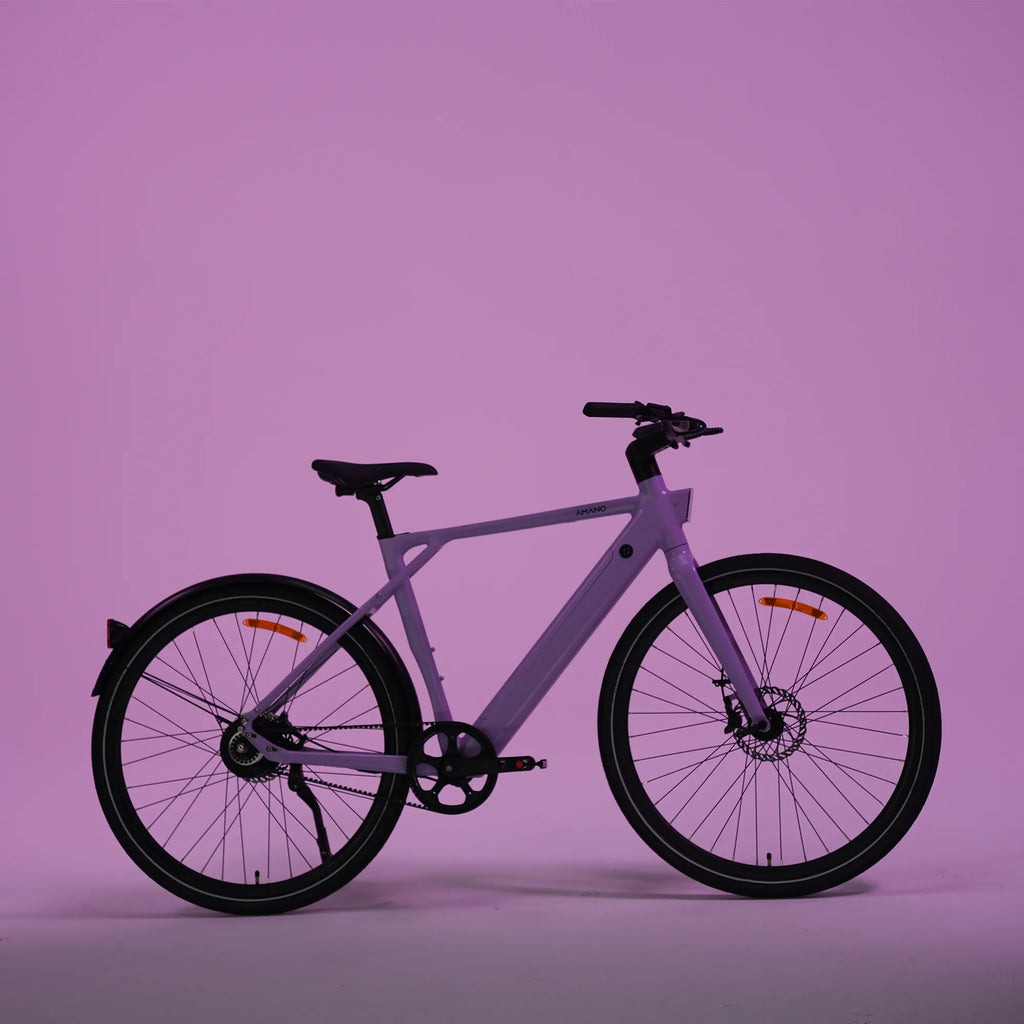How Much Money Can You Save Using a Bike Instead of a Car? Key Points for Urban Commuters

For European city dwellers, choosing a bike over a car creates long-term financial relief and daily quality-of-life gains—especially for regular commutes. Below’s a focused breakdown of benefits, plus guidance on picking the right bike for your commute:
1. Annual Savings Overview (for Commuters)
-
Most urban commuters save 7,000–13,000€ yearly by biking instead of driving—this accounts for daily trips to work, errands, or school.
-
Small city cars (e.g., Renault Clio) yield 7,000–9,500€/year in savings; even short 10km daily commutes add up to big fuel, parking, and maintenance costs.
-
Medium SUVs (e.g., Volkswagen Tiguan) generate 10,500–13,000€/year—their higher running costs make biking an even bigger financial win for commutes.
-
Perspective: 7,000€ covers a year’s public transport passes plus a new commute-ready bike; 13,000€ funds 2–3 years of grocery bills.
2. Car Cost Breakdown (Commute-Specific)
Fuel expenses:
-
Small cars: 500–700€/year for 15km daily commutes (5,475km/year)—enough to fill a tank 15–20 times at 2025 prices (1.90–2.39€/L).
-
SUVs: 900–1,400€/year for the same commute—you’ll refuel 25–30 times, losing time at gas stations weekly.
Parking fees:
-
Berlin work parking: 1,200–1,800€/year for office garage spots; street parking near business districts hits 6–10€/hour.
-
Amsterdam commuter parking: 1,800–2,500€/year—many employers don’t cover costs, unlike bike storage (often free).
Maintenance & insurance:
-
Commuter cars need more frequent oil changes (every 6 months) and tire rotations: 400–650€/year for small cars, 500–900€/year for SUVs.
-
Insurance for daily drivers is 10–15% higher: 400–700€/year for third-party coverage.
3. Bike Cost Advantages (for Daily Commutes)
Choose the Right Bike for Urban Commuting
Not all bikes work for daily commutes—pick one that matches your route and needs:
-
Electric bikes (e-bikes): Ideal for commutes longer than 10km or hilly areas (e.g., Lisbon, Zurich). The electric assist cuts fatigue, making uphill climbs or headwinds easy. Annual cost: 200–250€ (including charging).
-
Sturdy city bikes: Built for daily use—thick tires, durable frames, and rust-resistant parts. Perfect for flat cities (e.g., Amsterdam, Berlin). Annual cost: 150–200€.
-
Folding bikes: Great if you mix biking with public transport (e.g., commuting from suburbs via train). Fold down to fit under train seats or office desks. Annual cost: 180–230€.
-
Gravel bikes: For commutes with mixed terrain (paved roads + dirt paths, common in rural-urban edges). Wider tires handle rough surfaces without sacrificing speed. Annual cost: 220–270€.
-
Mountain bikes: Only needed if your commute includes non-paved roads (e.g., forest trails near Munich). Heavy-duty suspension handles bumps but is slower on city streets. Annual cost: 230–280€.
Key Features to Prioritize for Daily Use
Look for these to make commutes smoother:
-
Quality components (e.g., Shimano gears, hydraulic brakes): Reduce maintenance trips—last 3–5 years without major repairs.
-
Comfortable saddle: Padded or ergonomic designs prevent soreness on 30+ minute rides.
-
Integrated lighting: Front/rear LED lights (battery or dynamo-powered) meet safety rules for early-morning/late-evening commutes—no need to attach portable lights.
-
Shopping racks/baskets: Built-in rear racks or front baskets let you carry groceries, laptops, or gym bags without backpacks.
4. Beyond Financial Savings (Commuter Wins)
Time efficiency:
- 15km peak-hour commutes take 45–60 minutes by car (traffic jams + parking searches). By bike: 20–30 minutes via dedicated lanes (e.g., Utrecht’s bike highways).
- No more waiting for public transport delays—bikes let you leave when you want, arriving on time 95% of the time.
Health benefits:
-
Daily 30-minute commute rides hit WHO’s 150-minute weekly exercise target—no extra gym time needed.
-
Reduces stress from traffic: 78% of commuter cyclists report lower anxiety vs. car drivers (European Cyclists’ Federation survey).
Environmental impact:
-
A commuter biking 5,475km/year cuts CO₂ by 7.8–11.2 kg—the same as skipping 4–6 flights from Paris to London.
5. Calculate Your Personal Savings
Follow these steps to find your commute-specific savings:
-
List your annual car costs for commuting:
- Fuel (e.g., 600€) + parking (e.g., 1,500€) + maintenance (e.g., 450€) + insurance (e.g., 400€) = 2,950€/year (commute-only costs).
-
Estimate how many km you’ll bike:
- If you bike 80% of your 5,475km commute (4,380km), you’ll cut 80% of your commute car costs: 2,950 × 0.8 = 2,360€ saved/year.
-
Add bike costs:
- Bike price (e.g., 1000€ for an e-bike, spread over 5 years = 200€/year) + maintenance (200€/year) = 400€/year.
-
Calculate net savings:
- Annual commute savings (2,360€) – bike costs (400€) = 1,960€/year (plus full car savings if you sell your car).
Example: A Berlin commuter selling their Clio saves 7,000€/year total—1,960€ from commute costs + 5,040€ from non-commute car expenses (weekend trips replaced by biking/public transport).
6. Getting Started Affordably
-
Used commuter bikes: Electric models cost 400–600€; city bikes 300–450€ (check local shops or Marktplaats for certified pre-owned).
-
Bike-sharing for occasional commutes: Paris’ Vélib’ or Berlin’s nextbike charge 15–30€/month—great if you work from home 2–3 days/week.
-
Employer perks: 62% of European companies offer bike-buying subsidies (up to 500€) or free bike storage (European Commission data).
For urban commuters, biking isn’t just a choice—it’s a smarter way to save money, time, and stress. With the right bike and route, your daily commute can go from a chore to a highlight of your day.














